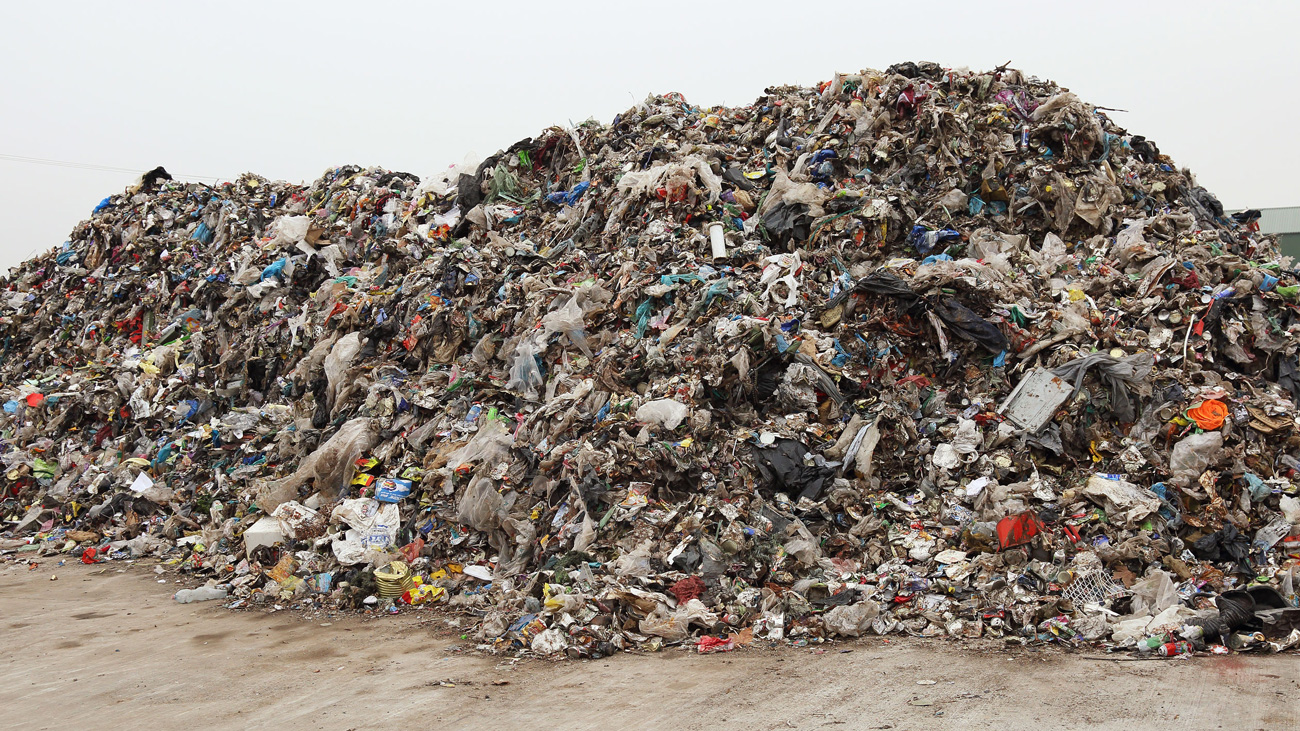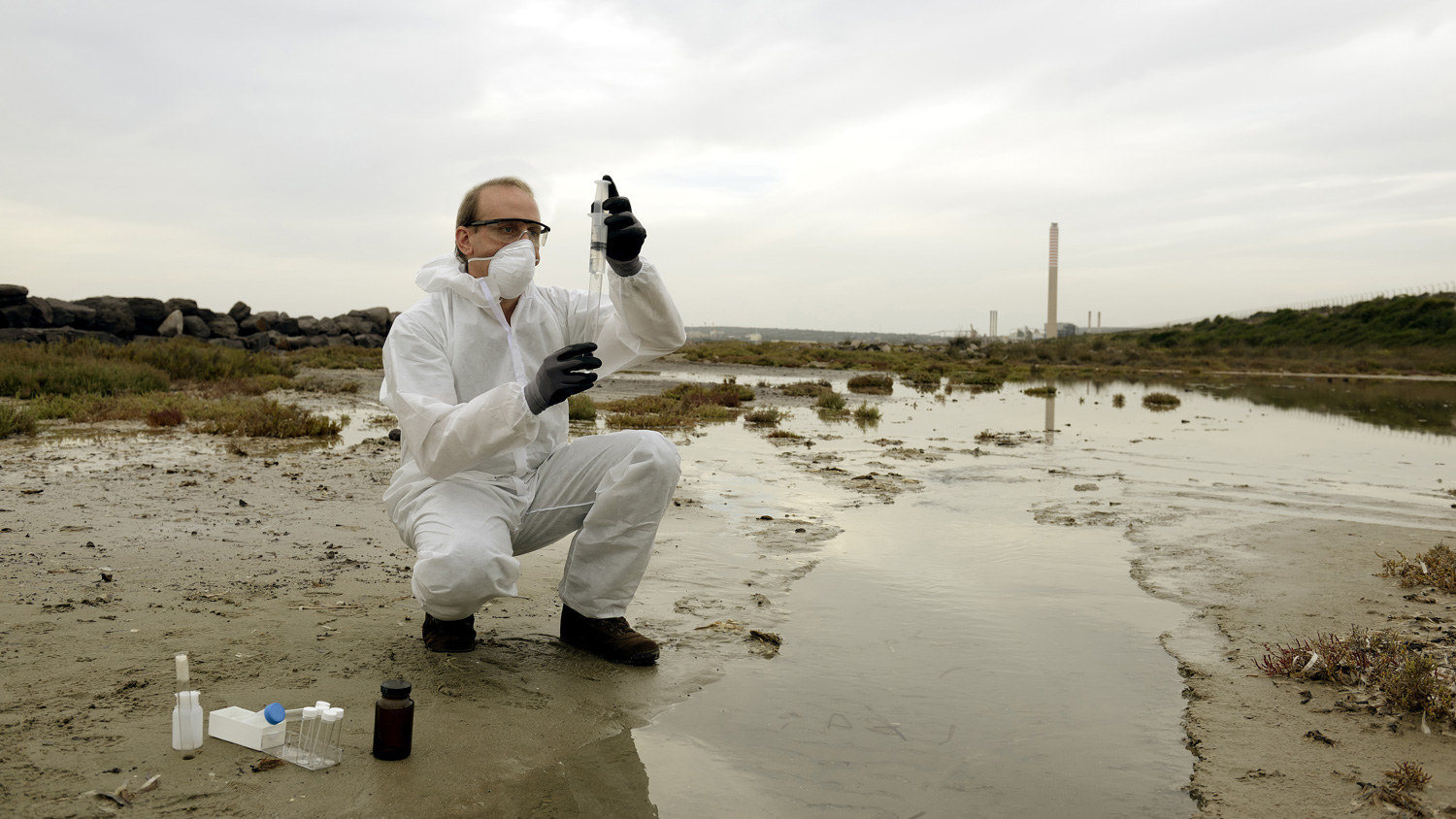A company in York that was employed to decontaminate a hospital where the first cases of COVID-19 in the UK were found has been fined more than £16,000 after staff were left with life-changing medical conditions after being exposed to ionised hydrogen peroxide.
Workers at Bio Decontamination Limited attended Scarborough Hospital on 18 September 2019 after being hired to carry out decontamination of the Aspen ward.
The company used ionised hydrogen peroxide to decontaminate the rooms in the ward. It failed to appropriately seal the rooms, meaning the ionised hydrogen peroxide escaped into the adjacent corridor where hospital staff were working.
It is a legal requirement to adequately control exposure to materials that cause ill health. How people can get exposed must be carefully considered.
Three members of hospital staff required treatment at the Accident and Emergency department after being exposed to the substance. They suffered from itchy skin and became lightheaded. All three continue to suffer with life-changing medical conditions as a result of their exposure and struggle to carry out day-to-day tasks or work.
An investigation by the HSE found that the work had not been properly risk assessed prior to being undertaken. The employees carrying out the work were not appropriately trained nor supervised and the working practices displayed were below the required standard. The level of ionised hydrogen peroxide was not adequately monitored to warn of release, exposing people to dangerous levels.
Bio Decontamination Limited pleaded guilty to breaching Section 2(1) and Section 3(1) of the Health and Safety at Work etc. Act 1974 and Section 3 of the Management of Health and Safety at Work Regulations 1999. The company was fined £16,775 and ordered to pay £27,228 in costs at York Magistrates’ Court on 12 January 2024.
HSE inspector Darian Dundas said:
“This case recognises the dangers of not carrying out a suitable and sufficient risk assessment and not appropriately training and supervising staff members. These failures left three members of staff so ill they couldn’t return to work. It could so easily have been avoided by simply implementing the correct control measures and safe working practices.”
Carrying out a COSHH risk assessment
The Control of Substances Hazardous to Health Regulations (COSHH) require you to adequately control exposure to materials in the workplace that cause ill health. A COSHH assessment concentrates on the hazards and risks from hazardous substances in your workplace.
Health hazards are not limited to substances labelled as 'hazardous'. Some harmful substances can be produced by the process you use, for example:
- Wood dust from sanding.
- Silica dust from tile cutting.
- Fumes from welding.
Think about harmful substances produced by your processes, such as cutting or grinding, or to which workers may be otherwise exposed. Examples include:
- Processes that emit dust, fume, vapour, mist or gas.
- Skin contact with liquids, pastes and dusts.
Substances with workplace exposure limits (WELs) are hazardous to health.
Decide who might be harmed and how.
Think about:
- How workers might be exposed (whether the substance can be breathed in, get onto or through the skin or can even be swallowed) and the effects of exposure by each of these routes.
- How often people work with the substance and for how long.
- Anyone else who could be exposed - do not forget maintenance workers, contractors and other visitors or members of the public who could be exposed.
- What you're already doing to control the risks.
- What further action you need to take to control the risks.
- Who needs to carry out the action.
- When the action is needed by.
Once you have carried out a risk assessment and identified which harmful substances are present, and how workers can be harmed, you need to think about preventing exposure. The HSE has produced guidance on controlling the risks, which you can access here.
International Workplace's Control of Substances Hazardous to Health (COSHH) training course provides learners with an introduction to using hazardous substances in the workplace. The training is aimed at low to medium risk businesses that need to provide their employees with an introduction to using hazardous substances in the workplace, to ensure they meet the minimum legal requirement.
This course is ideal for new or existing employees and is aimed at employees and supervisors who require an introduction to, or a refresher on, the use, storage and handling of hazardous substances.
You may also be interested in
RELATED CONTENT
RELATED CONTENT

Introduction to health and safety gives learners a basic introduction to managing safety in their workplace.

The asbestos course looks at how to manage asbestos in the workplace and recognise the risks.

The Control of Substances Hazardous to Health (COSHH) course helps learners carry out work involving hazardous substances safely.

The Legionella course ensures people understand the risk of legionella and are aware of the requirements of the L8 ACoP.

A survey of nearly 1,700 people across the recycling and waste management sector by the Environmental Services Association (ESA) has suggested the ind...

Friday is the most hazardous day of the week for fleet drivers with the highest number of accidents, speeding events, and incidences of aggressive dri...

The UK government has announced it will not match new EU restrictions on various potentially hazardous chemicals, including the “rubber crumbs” used t...

Global Asbestos Awareness Week 2023, organised by the Asbestos Disease Awareness Organisation, takes place this week (1-7 April), aiming to raise awar...